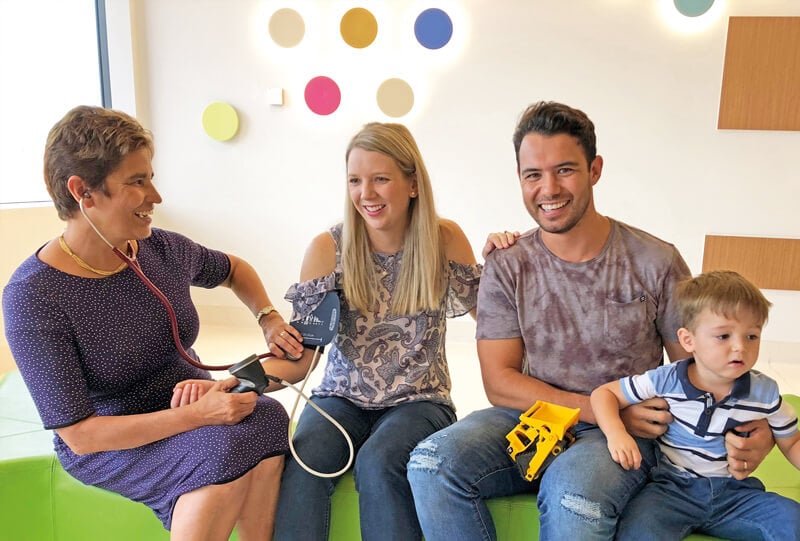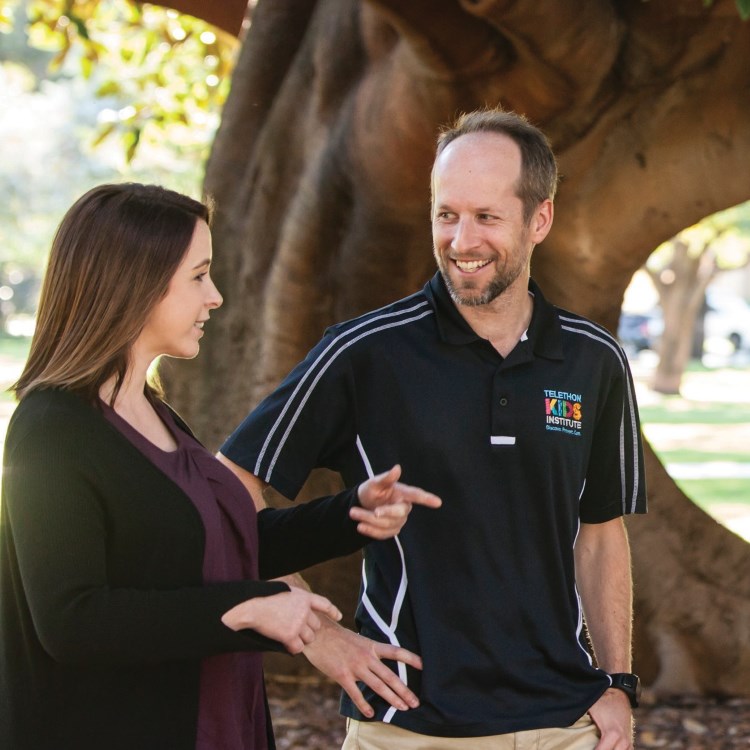Search
Research
Investing in School Readiness : An Analysis of the Cost-Effectiveness of Early Childhood Education Pathways in Rural IndonesiaThis paper presents evidence on the cost-effectiveness of early childhood education pathways in rural Indonesia
Research
Lao PDR. Early childhood education project Snapshot one: project background and baseline data demographicsThis snapshot describes demographic information of the 7,520 children in the baseline sample, including where and how they live.
Research
The impact of maternal gestational stress on motor development in late childhood and adolescence: A longitudinal studyThe purpose of this article is to investigate whether the number and timing of stressors experienced during pregnancy impacted longterm motor development at...
Research
Investigation of the Cross-National Equivalence of a Measurement of Early Child DevelopmentThis research paper reports on the results of investigating measurement invariance of the Early Development Instrument (EDI) in two South-Asian countries.
Research
Exploring change in the Australian version of the Early Development InstrumentCalculating a critical difference for the percentage of children who are “at risk” and “on track” in addition to the children who are developmentally “vulnerable”
Research
What factors contribute to positive early childhood health and development in Australian Aboriginal children? Protocol for a population-based cohort studyEmpirical evidence identifying the key drivers of positive early childhood development in Aboriginal children, and supportive features of local communities...
Research
Parents' nonstandard work schedules and child well-being: A critical review of the literatureThis paper provides a comprehensive review of empirical evidence linking parental nonstandard work schedules to four main child developmental outcomes:...
Research
Quality of Childcare Influences Children's Attentiveness and Emotional Regulation at School EntryAmong children using formal childcare, those who experienced higher-quality relationships were better able to regulate their attention and emotions as they...

News & Events
ORIGINS family finds comfort and communityA Quinns Rocks family who became the 1000th family to sign up for the ORIGINS Project is excited to be contributing to such ground-breaking research.

News & Events
Data goldmines yield priceless breakthroughsChild health and development researchers are increasingly turning to Western Australia's extensive population datasets for their ground-breaking work.
